RolaFreight
Code L
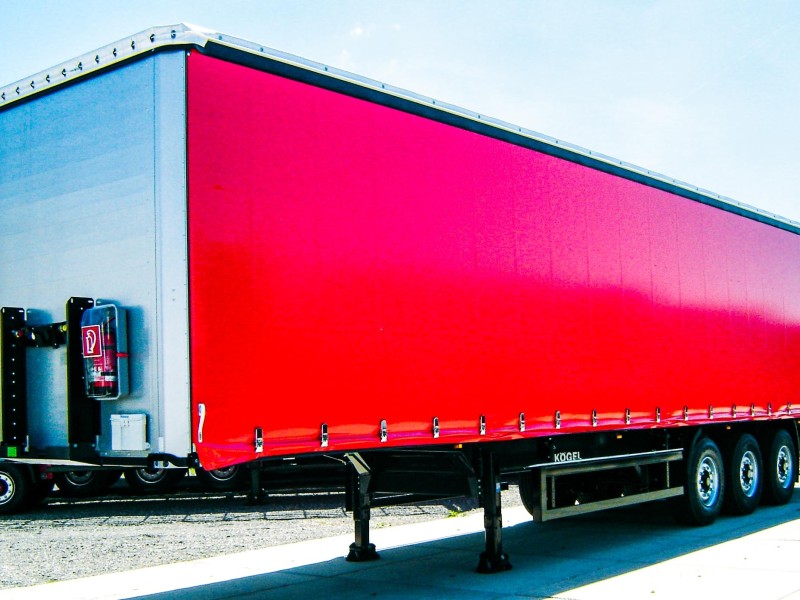
The RolaFreight is our most standard and economic side curtain for trailers of all sizes.
More info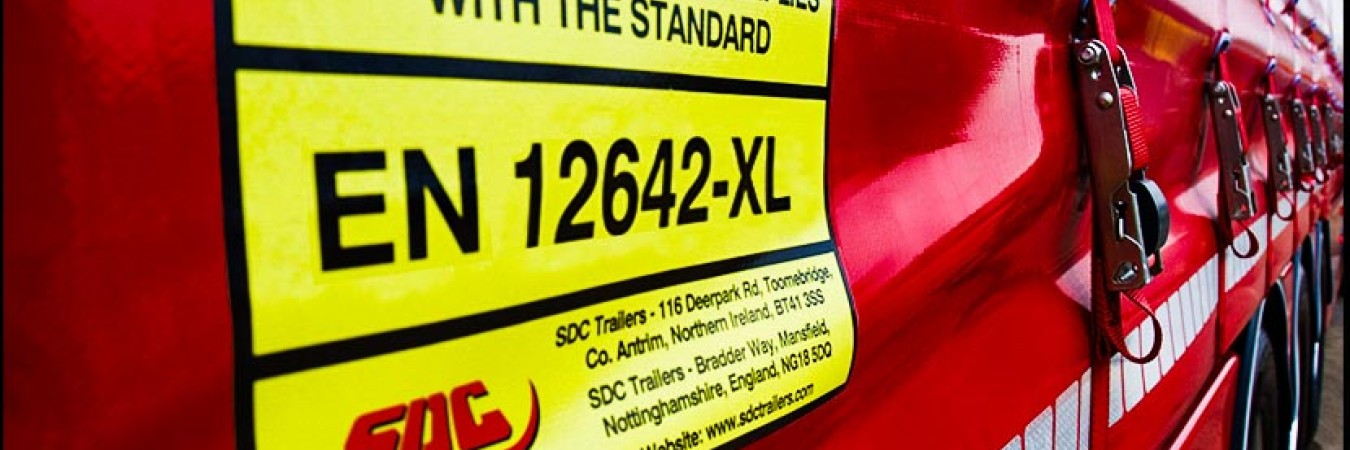
To interpret the difference between a DIN EN 12642 Code XL and a standard trailer, we first need to understand exactly what this European standard means.
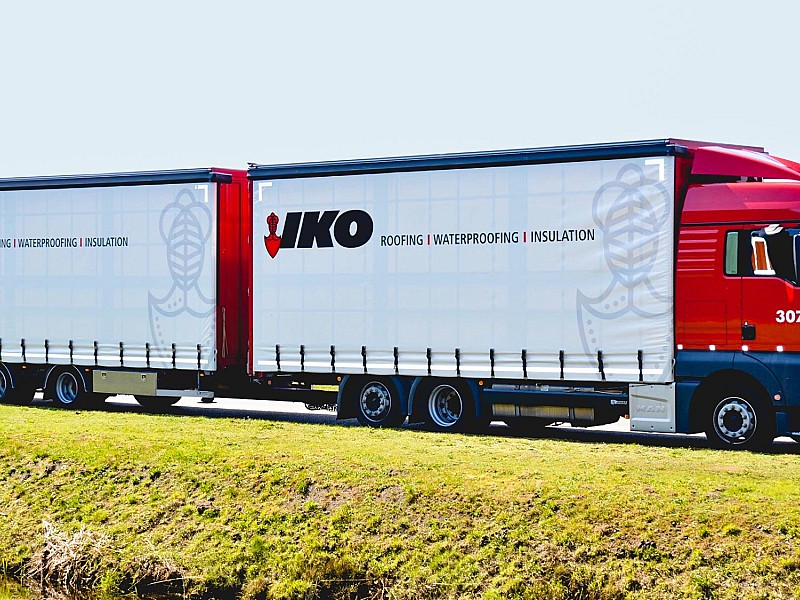
A trailer which is EN 12642-XL certified, means the body structure is tested as a whole and form together a single certificate (code XL). Meaning a stronger roof construction, reinforced headboard, reinforced rear doors and frame, pillars with a higher load capacity, reinforced curtains etc. The upper structure is capable of carrying a “Form Fit” load without any other load restraint equipment being used.
The important thing for a forwarder to note is the “Form Fit”. To count as a Form Fit the load must be tightly packed with no gaps, be the full length of the trailer with maximum 4cm from each curtain and maximum 15cm gap to rear doors (if you can fit a pallet vertically, you should do so). If the load does not comply with the form fit requirements it must be restrained using additional load restraint i.e. strapped over the load etc.
Even if not required, having an EN 12642-XL certified trailer guarantee’s the structural strength of the body. Code XL is especially relevant for trailers used in international transport, where different
If you use an XL certified upperstructure and put the load against the headboard, you may calculate with 50% of the payload. Sideways is 40% and backwards 30%.
These values only apply with form-fitting loading. With a maximum permitted gap of 4cm each side. If you have an EN12642-XL trailer but cannot get the load to be a Form Fit at all times, then the load MUST be fully strapped to ensure it cannot move.
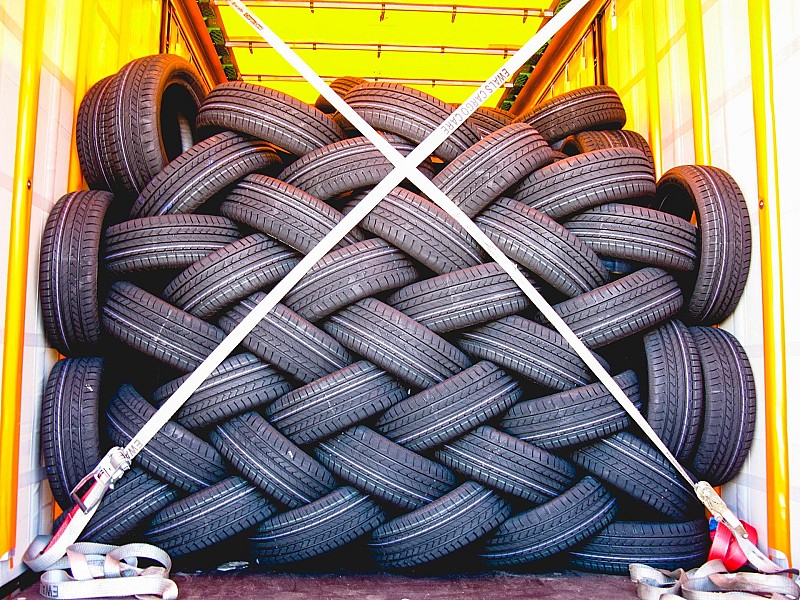
| Code L upperstructure | Code XL upperstructure | |
|---|---|---|
| Headboard | 40% of the payload (max 5000daN) | 50% of the load capacity |
| Side walls | 30% of the load capacity (0% with curtainsider) | 40% of the load capacity |
| Rear wall | 25% of the load capacity | 30% of the load capacity |
 | Figure 1: Equivalent to the maximum dynamic forces during transport; if the load is tilt-resistant, the mass force acts opposite to the friction force between cargo and load floor. |
 | Figure 2: With form-fitted loading, no additional load securing measures are required. |
Regular maintenance is necessary to ensure that an EN 12642-XL trailer remains in optimal condition. It is important to check the body structure, doors, curtains, and other components for any signs of damage. Any damage can compromise the structural strength of the trailer and may even invalidate the EN 12642-XL certificate if an incident occurs due to a load shifting. To maintain the certification, any repairs to the bodywork or curtains must be carried out according to the instructions provided by the trailer or curtain manufacturer.
In addition to scheduled maintenance checks, it is recommended that drivers visually inspect the trailer each time it is loaded. This proactive measure can help identify any potential issues before they escalate.

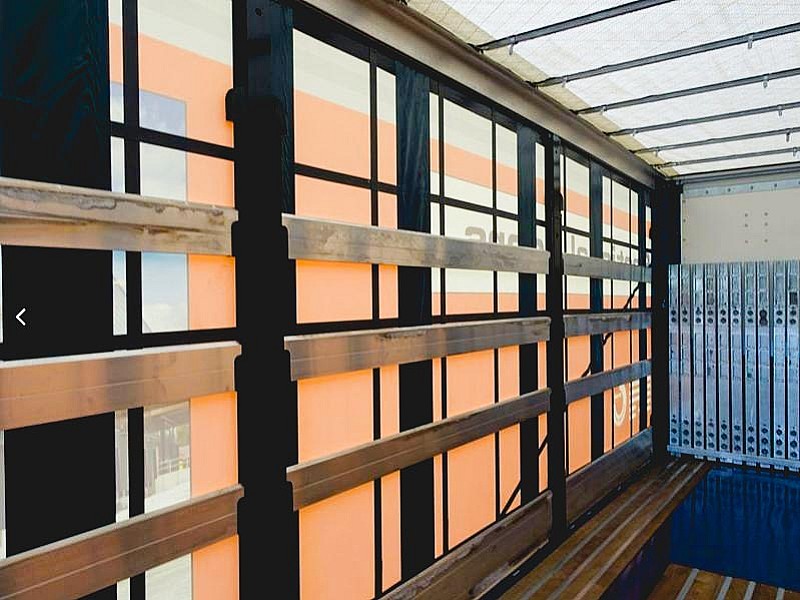
Some transporters have custom curtains made to meet the EN 12642-XL standard (EN 12641-2) and install them on their existing trailers. However, it is important to note that simply adding these curtains does NOT make the entire trailer EN 12642-XL compliant! The compliance applies to the overall body structure of the trailer, and therefore, these curtains should not be labeled as EN 12642-XL certified. They should only display the EN 12641-2 certification.
The challenge in certifying an existing trailer to meet the EN 12642-XL standard, even if new curtains are fitted and the body structure is designed correctly, lies in ensuring that the body structure is in pristine condition without any damage or weakening caused by previous incidents. An alternative approach could be to install a completely new body onto the existing chassis. In this case, the trailer manufacturer can thoroughly inspect the chassis to ensure it meets all the necessary structural strength requirements before fitting the new body. By doing so, they would be able to certify the trailer as meeting the EN 12642-XL standard.
As a side curtain producer, we offer a wide variety of solutions – both in Code L, Code XL and even XLS. What solution fits best for you is depending on the load, how you load, intermodal or international transport and more.
Get in touch with our side curtain specialists today. Ask for a quote, product information or find out which curtain fits best to your requirements.
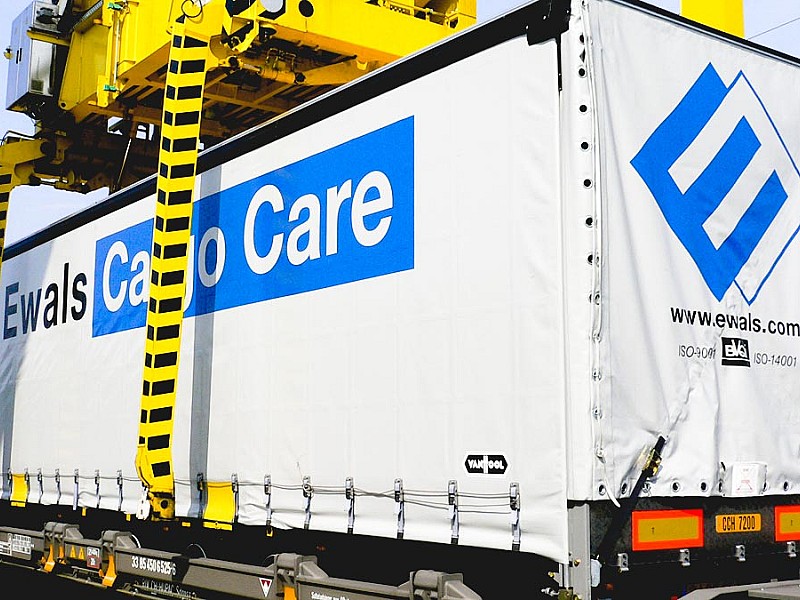
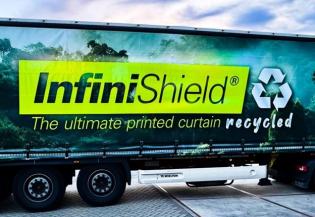
The transportation and logistics industries are evolving with technological advancements, and companies like Roland are leading the way by developing innovative trailer features that enhance efficiency, safety, and connectivity.
Read more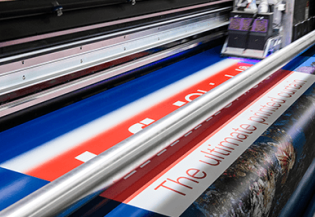
How InfiniShield digital printing technology provides durable, vibrant, and customizable graphics for trailers, enhancing their appearance and reducing maintenance costs
Read more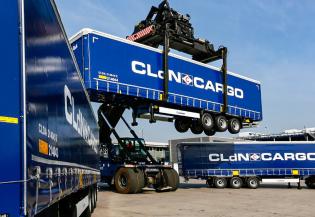
Two important methods in combined transport that make it possible to transport goods efficiently across different modes of transport: train and ferry.
Read more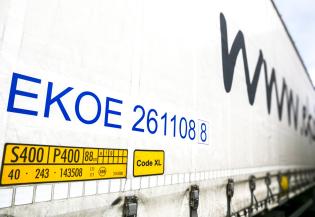
In the world of transportation and logistics, it is essential to understand the different ways of transporting goods.
Read more